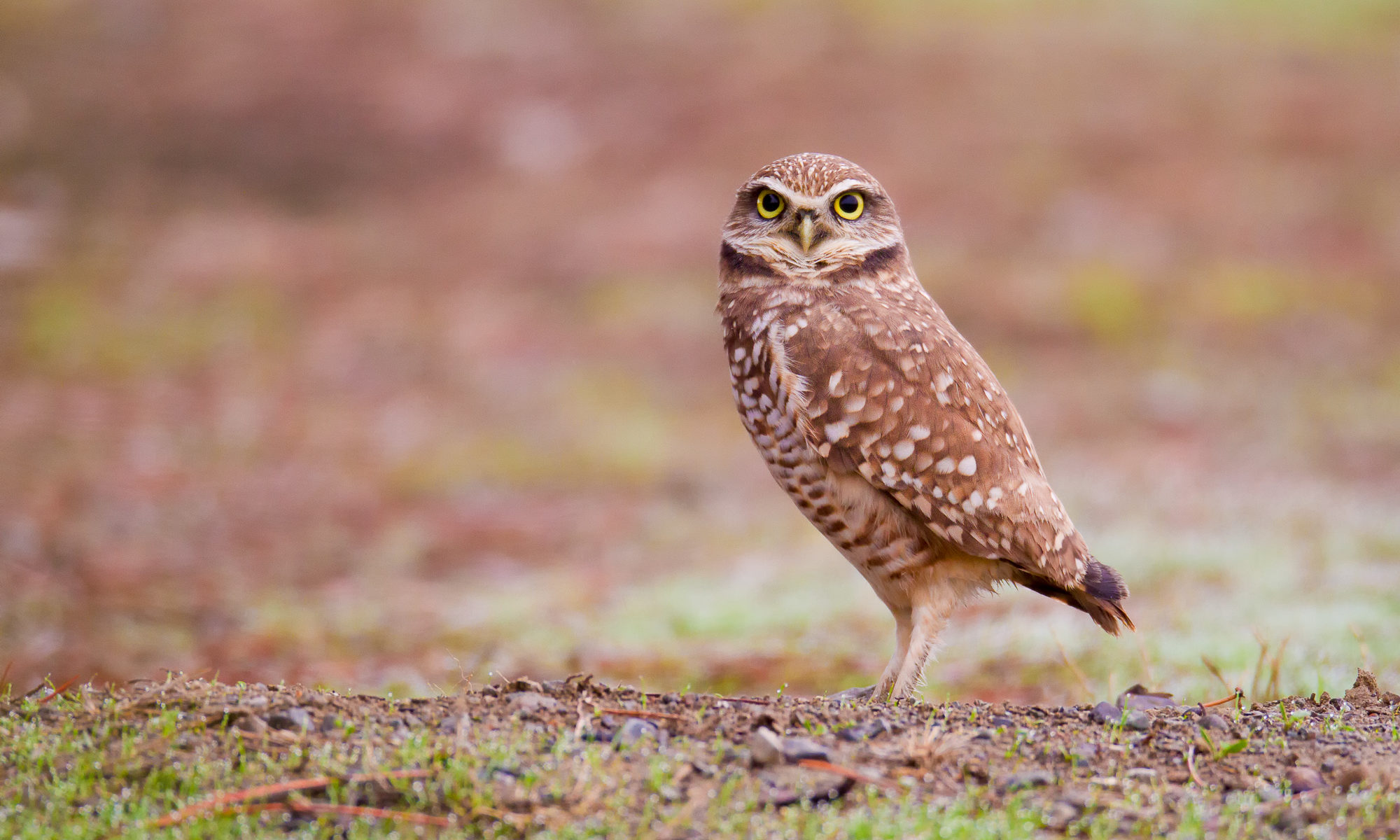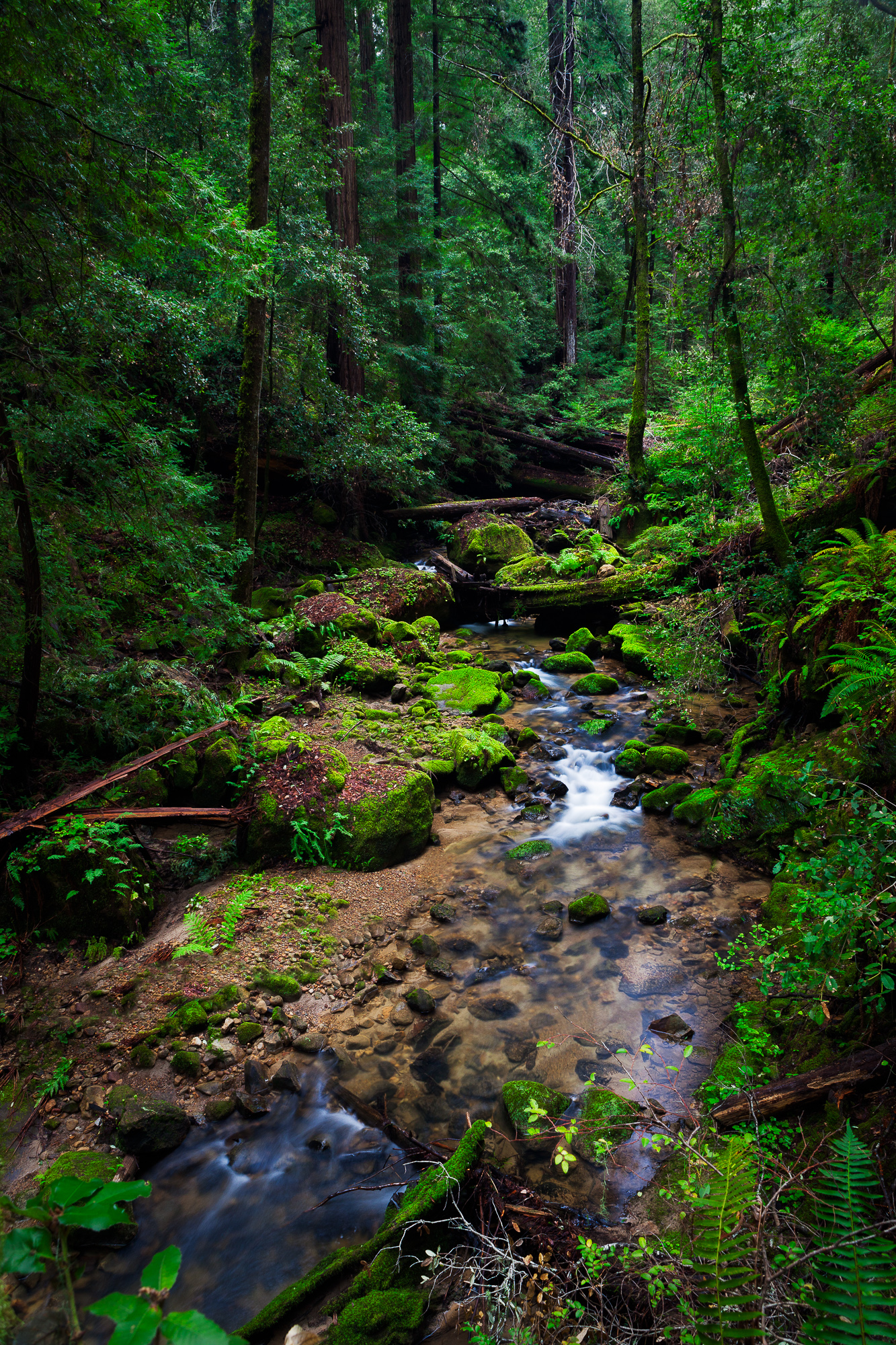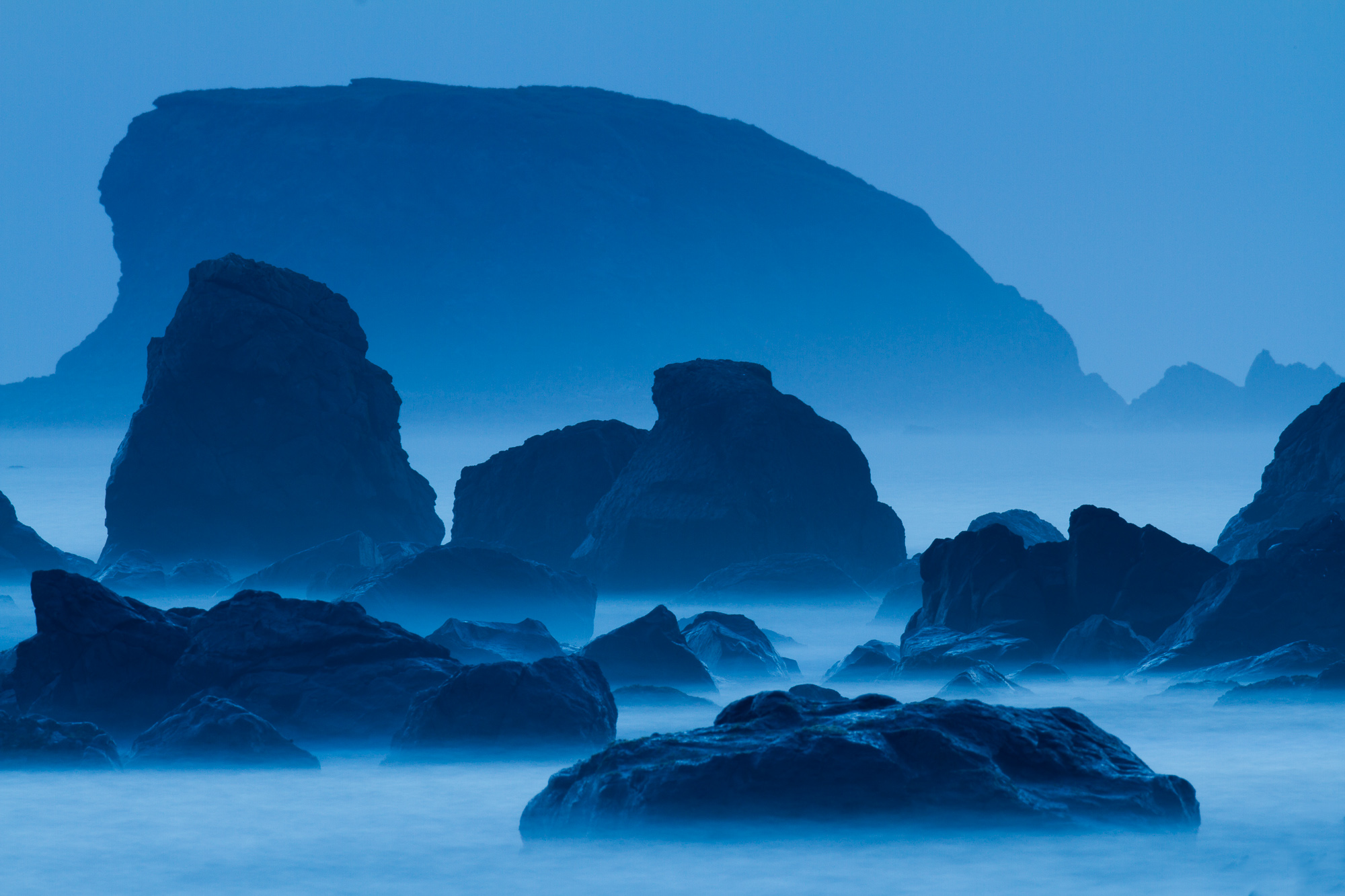This week Canon finally released their long awaited successor to the very popular (5 year old) 7D. The 7D is one of my main workhorse camera bodies, used primarily for bird and wildlife photography.
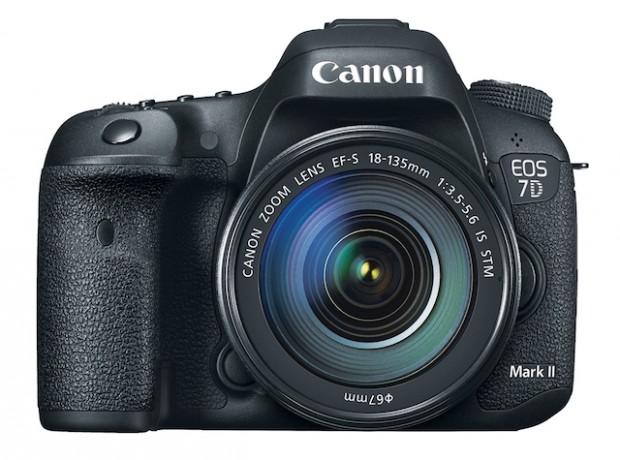
Here is a rundown of why I have already pre-ordered the Mk II. These are the features that are most important to me based on the type of photography I will do with this camera.
Most Important Features
- APS-C sized (cropped) sensor.
The smaller size of the sensor on this camera is what sets Canon apart from many competitors, who seem to be pushing the high-end pro-sumer market to full frame cameras. Canon still sees a space in the lineup for APS-C sensors, and so do I. I will primarily use this camera for action (wildlife and bird photography), so having the extra "reach" will be a big benefit to me.
This factor prevented me from considering the 1DX for wildlife work when it came out. Although that is a fantastic camera, I couldn’t justify losing the 1.6X “zoom” factor that a cropped sensor gives me. The 7D Mk II has a much higher pixel density than the 1DX (20 MP on 7D MkII vs 18 MP on the 1DX), which will allow me to capture more detail. In fact, if you compare the pixel density of the same area of sensor between both cameras, the 1DX only has just over 11 MP compared to 7D Mk II's 20 MP.
- f/8 auto focus capability.
This has been under-reported on, but is a huge feature for my use. Allowing auto-focus to work down to f/8 means I can pair my 800mm f/5.6 lens with a 1.4X tele-extender, which gives be an effective maximum aperture of f/8. This combo also gives me the 35mm equivalent of a whopping 1792mm, a distance I’ve never been able to use auto-focus with before.
Having this kind of distance flexibility to work with can get me closer to the action without spooking or antagonizing my target species.
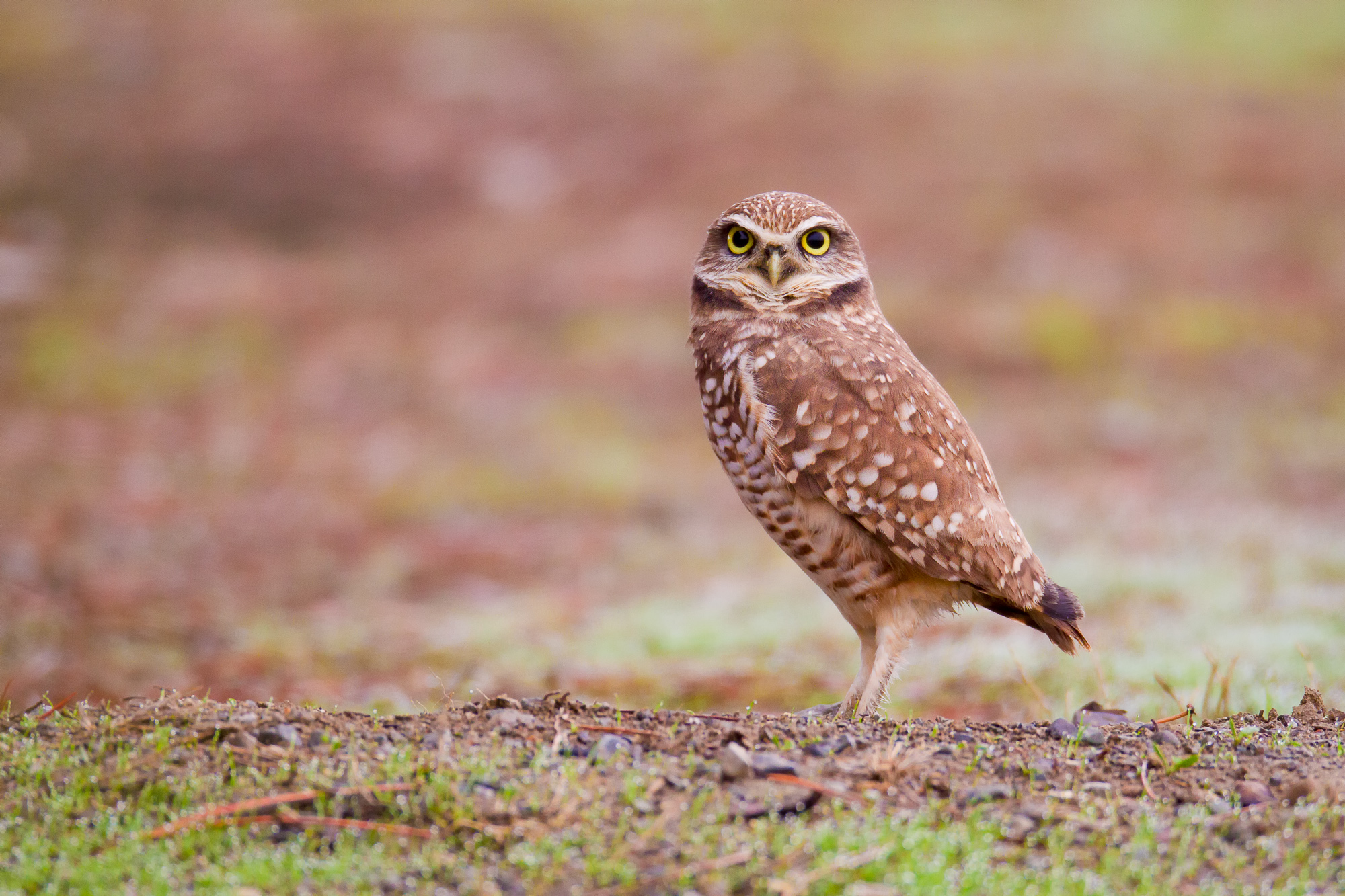
Species like the endangered burrowing owl will become stressed if you get too close. If it is only watching you, then you are too close – it should be constantly swiveling its head looking skyward for predators.
- Improved AF tracking (including low light) [65 all cross-type auto-focus]
There is nothing worse for a bird photographer than to patiently wait for your subject to take flight, only to watch the bird fly away as your camera is hunting for focus. Having the best of class auto-focus will ensure my equipment will not be the one at fault. In the future, I'll only have myself to blame!
Having so many auto-focus points for the camera to choose from means that the auto-focus algorithms can track a subject throughout much of the frame. Cross points allow auto-focus on horizontal and vertical lines throughout the frame. This means faster, more accurate focus seeking and tracking.

The 7D Mk II’s improved low light auto-focus tracking should make keeping focus locked on birds such as owls who take to the sky at dusk more manageable.
- "Intelligent Tracking and Recognition (iTR)"
iTR is a new feature introduced with the Canon 1DX and has now filtered to the pro-sumor line. This employs a new RGB metering sensor which can detect and track moving subjects based on color, size and shape. Theoretically, this should help keep focus on erratic motion, such as flying birds. I’m looking forward to putting this to real world tests.
- Improved high ISO performance
The majority of wildlife come out during the ends of the days, either in early morning or late evening. Having a camera that can focus and capture images in this kind of light with relatively low noise will be a huge advantage. While this camera probably does not match the low noise of cameras with a lower pixel density, it will be a big improvement over my 5 year old 7D.
- Auto ISO parameters
Canon finally got this feature right, with many manual controls around how the metering will select the proper ISO for a given shooting condition. I can now set a maximum ISO to use (which I'll set to the highest ISO I deem to have acceptable noise), as well as the minimum ISO. With this feature, I can also set the minimum shutter speed the camera will use before increasing the ISO in low light scenarios. Currently I manually set my ISO up or down as the situation calls for it, but I will certainly be using a limited auto-ISO range so that I don’t miss any critical moments.
Nice to have features
- 10 fps shutter speed
I already have 8fps with the 7D, but hey, 10 is more than 8, right. All the better to help capture critical action like this:

- GPS
Sure, why not? However, I will now have to be careful to strip out any location data from photos of sensive locations such as this:
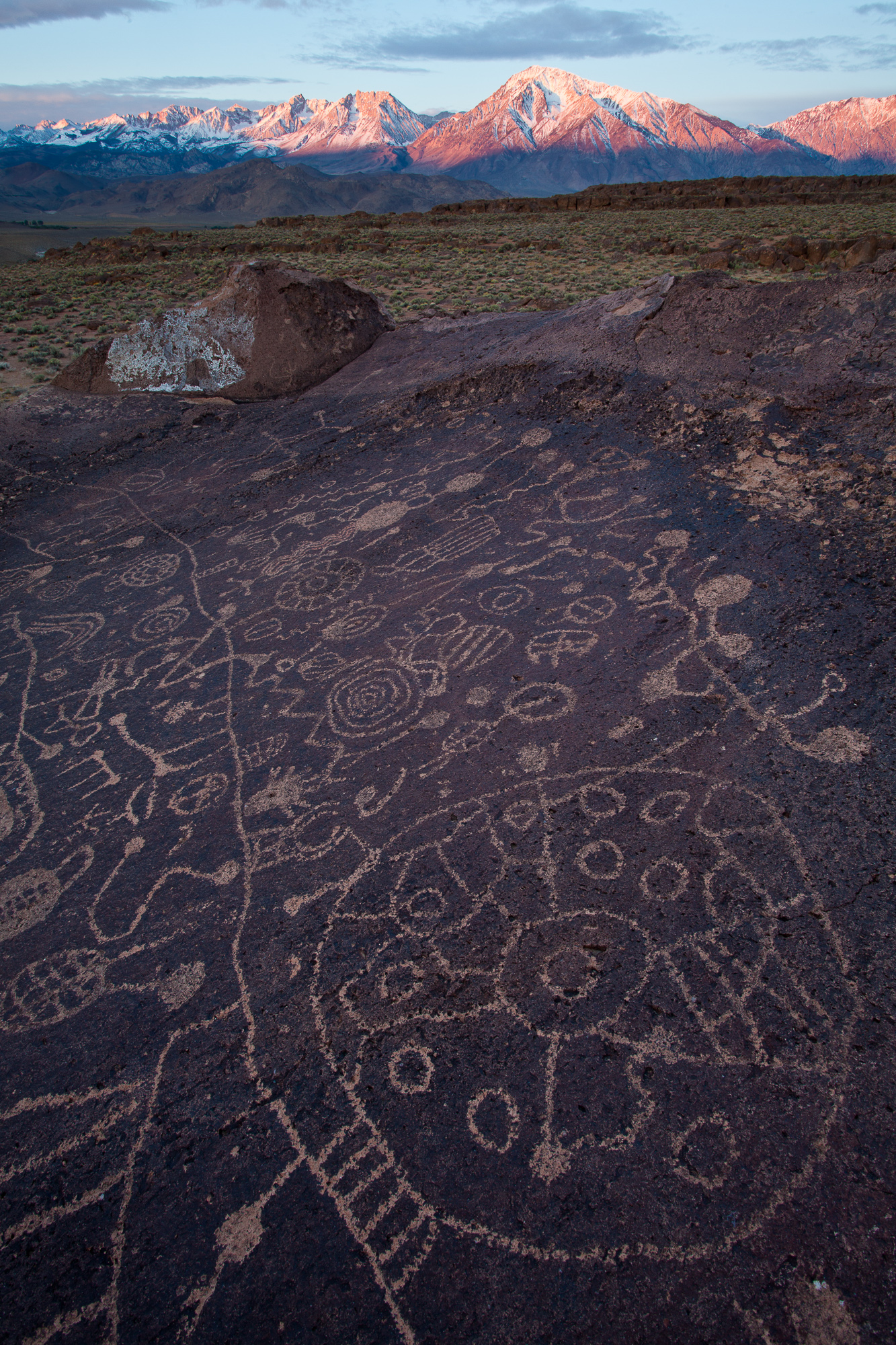
- Intervelometer
Nikon cameras have had this for years, so its nice to see Canon catch up.
- Buffer depth (31 RAW vs 25 RAW in 7D)
This is a huge buffer! Having the ability to take 31 consecutive photos at 10 fps is pretty incredible. I’m not a big fan of spray and pray photography, but when you need to blast off a few, knowing that your camera won’t suddenly go quiet on you brings great peace of mind.

